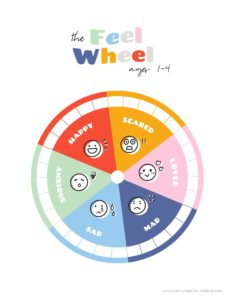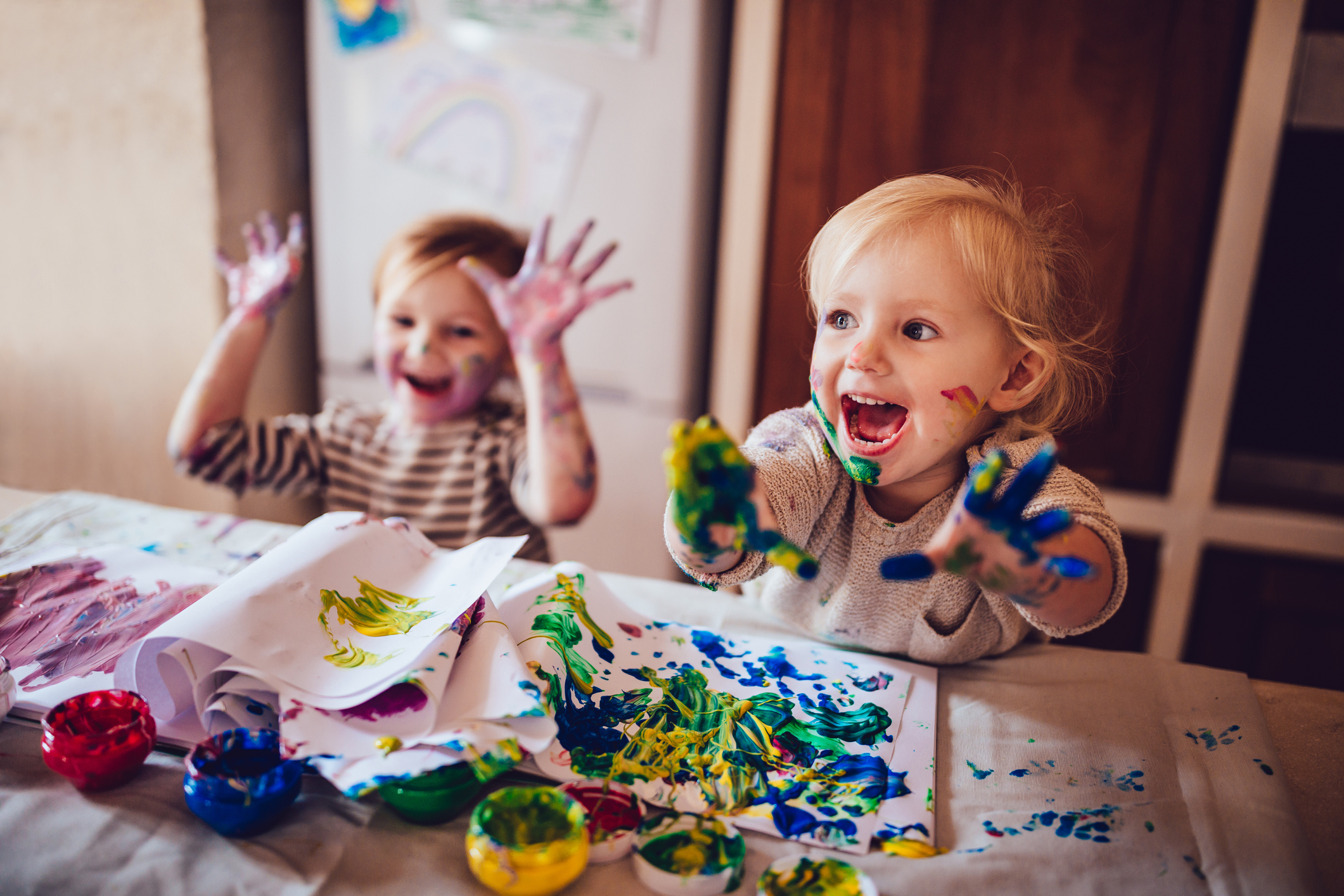Our birthing coach prepared us for delivery by highlighting the transition period. She explained I’d feel exhausted, frustrated, and impatient. In a movie, that’s when the actress screams: “Get this baby out of me!” Unfortunately, intense transition periods with our kids don’t end at birth. Ask any parent of a toddler! We endure similar feelings of exhaustion, frustration, and impatience when we help a toddler transition between activities—like leaving the playground or putting away toys.
Toddlers can struggle with moving from one activity to another as they also experience rapid—and turbulent—emotional development. Thankfully, helping your child navigate those emotions and transition to something else can ease those struggles. By the way, toddlers need lots of practice in bringing one thing to a close and starting something new. So try these 7 go-to parenting strategies to help a toddler transition between activities.
1. Give her a countdown.
Let your child know that time is almost up. This helps her begin to mentally prepare to move on to something else. For some children, it works best to give them multiple touchpoints as time ticks down. The conversation can look something like this: “We need to leave the playground in 10 minutes.” After about five minutes, say, “You have five minutes left. If you want to go down the slide one more time, now is your chance.” And then finally, “It’s time to go.”
By the way, that five minutes can be 30 seconds or 30 minutes. Toddlers can’t tell time!
2. Use musical cues.
There’s a reason preschool teachers use this tip–it works! Sing a short cleanup song when it’s time to put the toys away. Belt out “Head, Shoulders, Knees, and Toes” to move on from playing to washing during bathtime. Or put together a nighttime playlist. When your toddler hears the music repeatedly at bedtime, his brain (and body) will begin to associate the songs with slowing down for the day. By the way, so will yours! A playlist of relaxing music reduces stress for the whole family.
3. Follow a routine.
Routines benefit toddlers in many ways. They help your child know what comes next and provide her with a sense of stability in the process. This makes it easier for a child to move on to something else. Try following the same morning time routine–get up, go potty, eat breakfast, brush teeth, watch one episode. This gives your toddler an order of the day and can motivate her to complete an activity she doesn’t enjoy (like brushing her teeth) so she can do something she loves (watch Paw Patrol!).
A printed visual of a daily routine can be especially beneficial for children with autism or sensory processing issues. In addition to providing a visual reference of the routine, visual supports encourage communication and increased independence.
4. Set a timer.
One reason young children struggle with transitions is that they haven’t developed a concept of time yet. However, a timer can give them an auditory cue that it’s time to move on to something else. Place a timer where your child can see and hear it and play the alarm sound. Then let your child know when the timer goes off, it’s time to stop his activity. By the way, a timer can be another type of visual aid for children with autism.
5. Get down on her level.
Toddlers can become extremely focused on doing a task at hand—whether it’s playing with a toy, watching a favorite show, or running around outside. This tunnel vision can also mean they don’t really hear you talking. So, bend down, make eye contact, and speak clearly. It’s time to stop doing this and start doing that. This ensures she hears you.
6. Validate his emotions.
Sometimes just acknowledging what he’s feeling in the moment can help a toddler transition between activities. Plus, recognizing
7. Practice patience.
This one’s for you! Some days your child will easily transition from one thing to another. On other days… not so much. You can try all the things, and he still enters the Epic Meltdown Zone. That’s just life with toddlers. Breathe deeply and carry on (even if carrying on means carrying out your crying toddler who refused to leave the park).
What cleanup song do you find yourself singing even when your kid isn’t around?










